Coronavirus: Italy’s hardest-hit city struggles to put trauma behind it
One of the hardest-hit communities in the world, Bergamo is seeking is fighting to leave behind the trauma of the pandemic
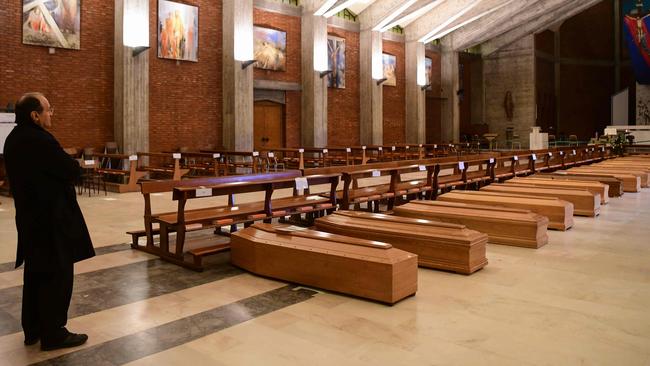
Juri Ambrosioni sells 250 coffees a day at his eatery in the centre of Bergamo, with patrons wearing face masks and standing patiently in line for their espresso or cappuccino fix.
It is half the number he typically sold before the coronavirus pandemic struck northern Italy in March and closed its cafes and restaurants, putting a temporary end to Italians’ cherished ritual of tossing back an espresso with friends in the local piazza.
Yet it is a small but potent sign of hope in a city — and a country — that has been laid low by the disease and is now slowly trying to return.
For weeks, the news from Bergamo, the Italian city hardest-hit by the pandemic and one of the most devastated in the world, resembled dispatches from a war.
In March alone, almost 5700 people died in Bergamo and the surrounding area, or one out of every 200 residents.
“People were traumatised,” says Ambrosioni, 38, who lost his grandfather and two friends to COVID-19, the disease caused by the virus. “Now they’re cautious and some are still afraid, but they are ready to start over.
“We see it in the people who come to buy coffee. It’s not a lack of respect to try and go back to normal life.”
Like much of Italy, Bergamo is emerging battered and bruised from the acute phase of the pandemic, wary of the future but hopeful that it can begin picking up the pieces of a catastrophe that is among the worst the country has suffered since World War II. About 32,000 people have died nationwide.
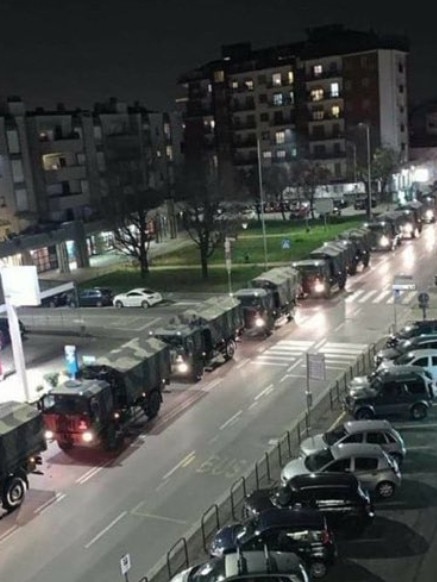
In an image that shocked Italians nationwide, dozens of military trucks took away Bergamo’s coffins for cremation in other regions because there was no space in the city. Local newspapers carried page after page of death notices.
Italy’s two-month lockdown began to lift on May 4, a date met with great fanfare across the country. In Milan, people went out en masse, prompting the mayor to send out hundreds of extra police and threaten a return to the harsh lockdown. Lingering in front of coffee shops, a paper cup in hand and a face mask pulled down around the neck has become common in Milan.
But in Bergamo, a sense of wariness prevails. The blare of ambulances that had filled the air for much of the spring is now a rarity. But face masks are ubiquitous and those buying takeaway food move on quickly.
Gloves are obligatory for both employees and customers in food shops and the centre of town remains largely empty. Buses rumble by almost empty.
Many are excited about Monday when more shops, restaurants and bars are allowed to reopen. But there is also fear that easing restrictions could bring a rise in infections and potentially a new lockdown.
“All eyes are on Bergamo right now, and we have to demonstrate that a city devastated like this can bounce back,” says Francesco Percassi, chairman of local real-estate company Costim. “We never would have wanted to become the focus for something like this, but the pride of Bergamo’s residents will emerge.”
Sitting about 50km northeast of Milan at the heart of Lombardy, Bergamo has long prided itself on an industriousness that has made it among the richest cities in Italy. During the worst days of the pandemic, local construction companies and artisans worked for free to help build a field hospital in just nine days.
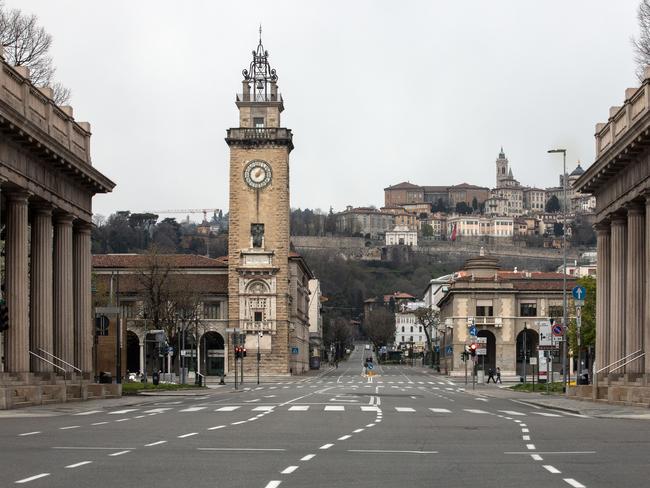
Its companies, from banking to steel and cement, are often still owned by local families that founded them after WWII. Bergamo’s historic centre, a mix of Medieval and Renaissance architecture, normally swells with tourists for much of the year.
On a street that has traffic for the first time in two months, Daniela Chiari serves clients in her specialty-food shop. An increase in her delivery business has partially offset the loss of in-store clients, allowing her to cover her costs. But she is worried about the future.
“Things are better now, but I’m not sure I’d describe it yet as light at the end of the tunnel,” says Chiari while scooping Gorgonzola cheese into a container for a masked and gloved client. “We will need time to absorb the psychological and economic hit.”
Tourism, which had boomed in Bergamo on the back of a Ryanair Holdings PLC hub nearby, has dried up.
Manuela Ghibesi, still grieving for three friends lost to the virus, has no bookings for her small bed-and-breakfast and worries that none will come this northern summer. She spends her time shuttling her husband to Bergamo’s hospital, where he had a liver tumour removed in the midst of the coronavirus pandemic.
“We might have passed the worst of the virus, but I don’t see an end to the economic pain,” says Ghibesi, who sat smoking a cigarette on a recent morning near the hospital entrance waiting for her husband.
Bergamo Mayor Giorgio Gori says financial help from the government in Rome has been slow in coming for the city, which is facing a €9m ($15.1m) hole in its budget this year as a result of the virus.
He might close some streets to traffic to give restaurants more room for tables outside to comply with new regulations requiring a metre of space between patrons. The Mayor is also looking for ways that local buses can serve residents, despite social-distancing rules that mean public transportation can carry only one-fourth of normal capacity.
“If we get this right, we can turn the extreme misfortune that put us at the centre of a global health pandemic into something positive,” says Gori from his opulently-frescoed office inside a near-empty city hall. “We must become the symbol of Italy’s rebirth.”
In Alzano Lombardo, a small town on Bergamo’s outskirts, 109 people died in March, compared with an average of 10 in the same month the previous five years. Overrun with coronavirus patients in the early days of the pandemic, its hospital was almost empty on a recent afternoon.
Another nearby town, Nembro, suffered an even worse fate, with 151 dying in March, or more than 1.3 per cent of the population.
Felice Filisetti, who assists the priests at Nembro’s San Martino church, caught the virus and his sister nearly died of COVID-19. She is still recovering.
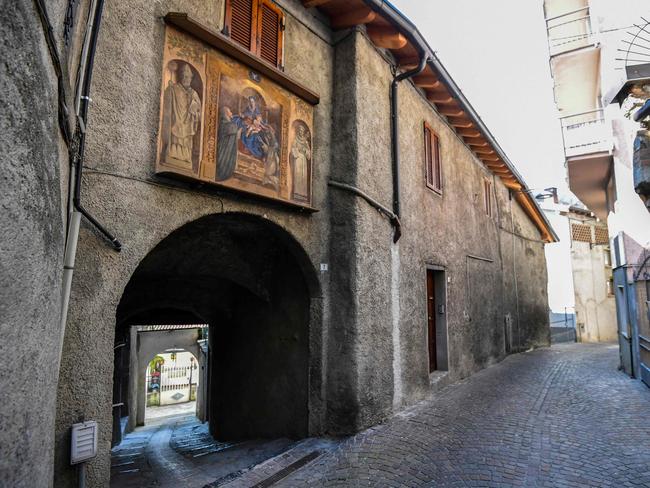
“We didn’t know what hit us. It was one death after another and it seemed like it would never end,” says Filisetti, who lives with his 90-year-old mother who never showed symptoms.
In preparation for the return of public Masses on Monday, Filisetti and the priests have been studying ways to allow as many worshippers as possible in the church while respecting social-distancing rules.
Nembro Mayor Claudio Cancelli, who also caught the virus, became chief counsellor and cheerleader for his devastated town of 11,500 people, a role he continues to play as the Bergamo suburb tries to move on.
Almost every day since the crisis began, he has sent out a recorded message to the phones of his townspeople, aiming to raise their spirits.
On a recent recording, he said people could pick up free banners to hang from their balconies that read, “Together we can do it. Go Nembro!”
“People told us it helped them feel less alone, less abandoned,” says Cancelli, who was one of the first officials in Italy to sound the alarm that coronavirus deaths were being grossly undercounted.
Ambrosioni and others in Bergamo acknowledge it will be a long slog to build back up what has been lost in the last three months, but they say their city’s tenacity will prevail.
“We take ‘mola mia,’ very seriously here in Bergamo,” he says, citing an adage in local dialect that means “never give up”.
“We want to show the world that you can rebound from coronavirus devastation without forgetting the trauma. I lost my grandfather. I almost lost my business. I won’t forget it.”
The Wall Street Journal




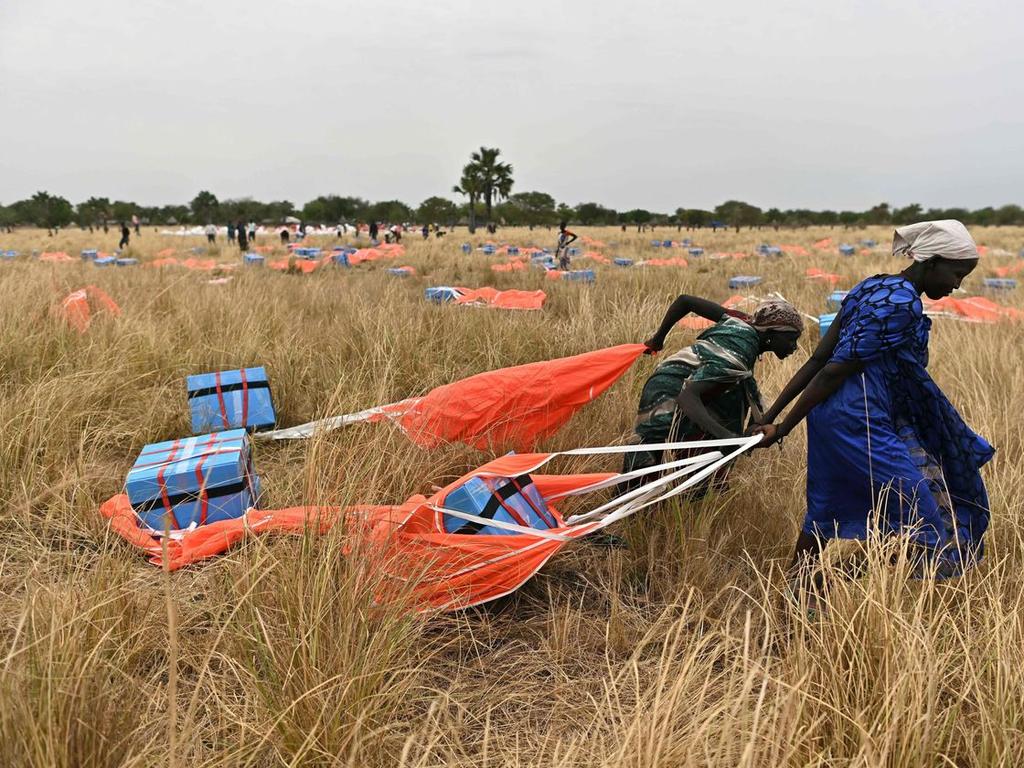


To join the conversation, please log in. Don't have an account? Register
Join the conversation, you are commenting as Logout